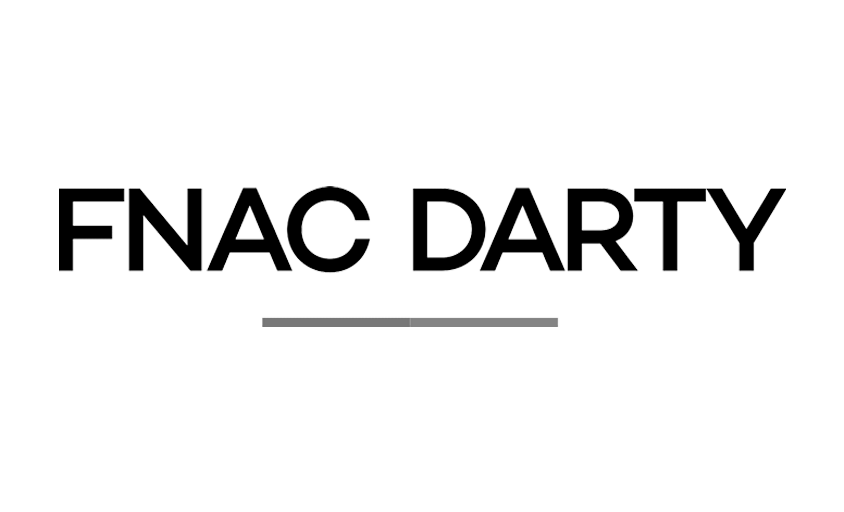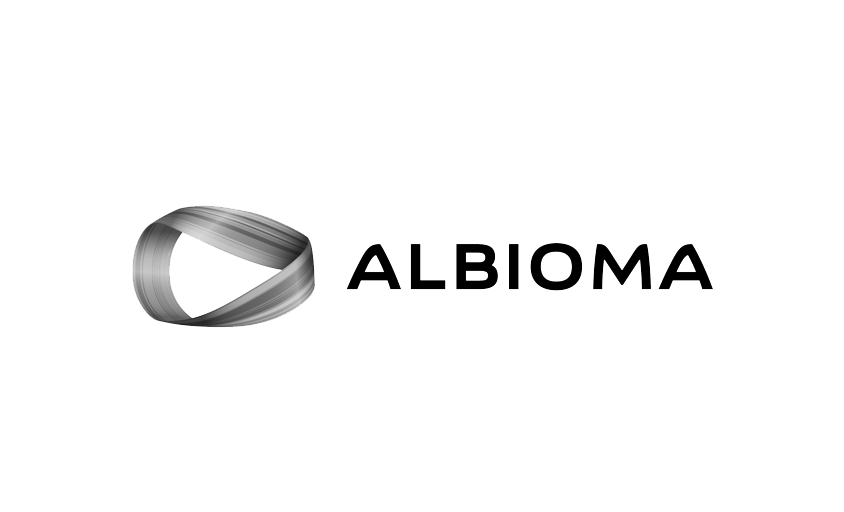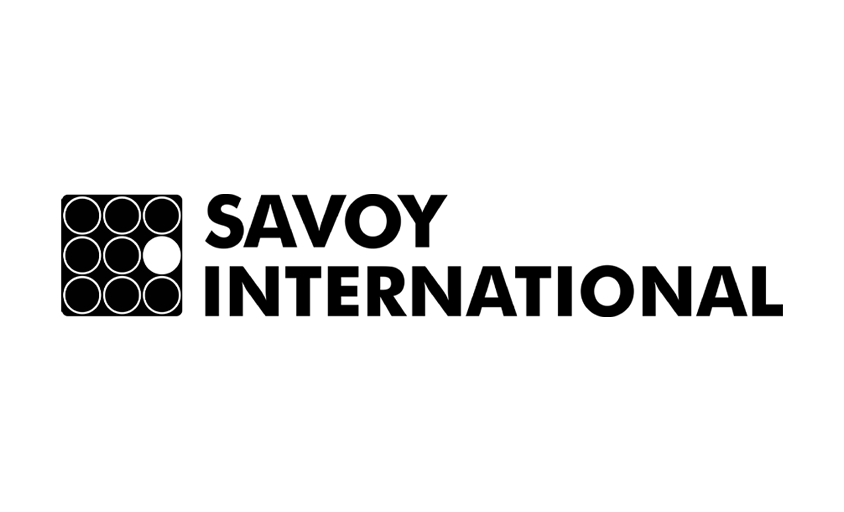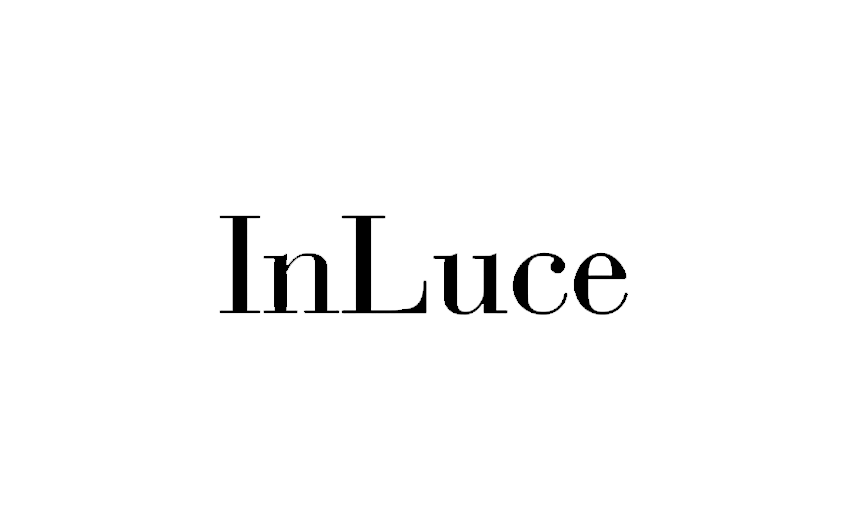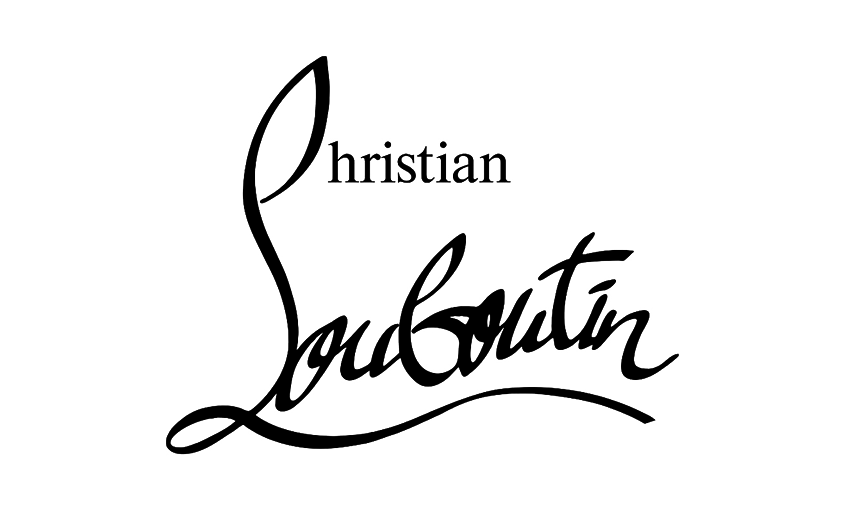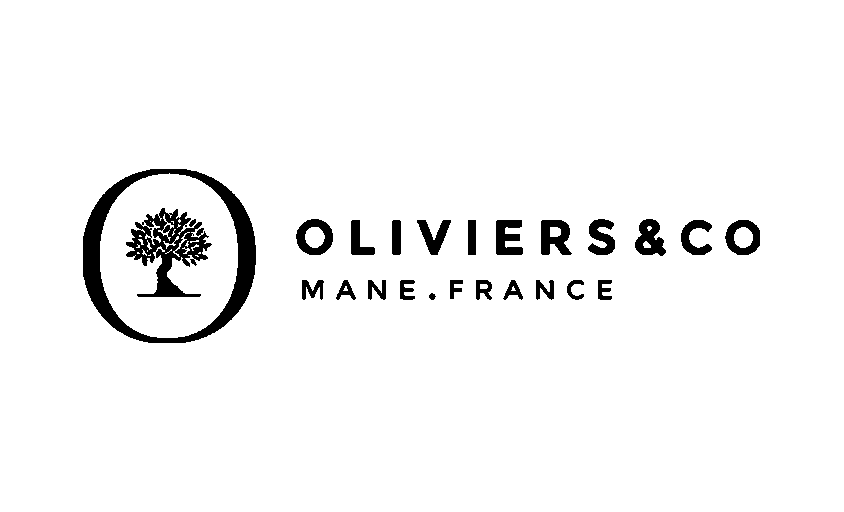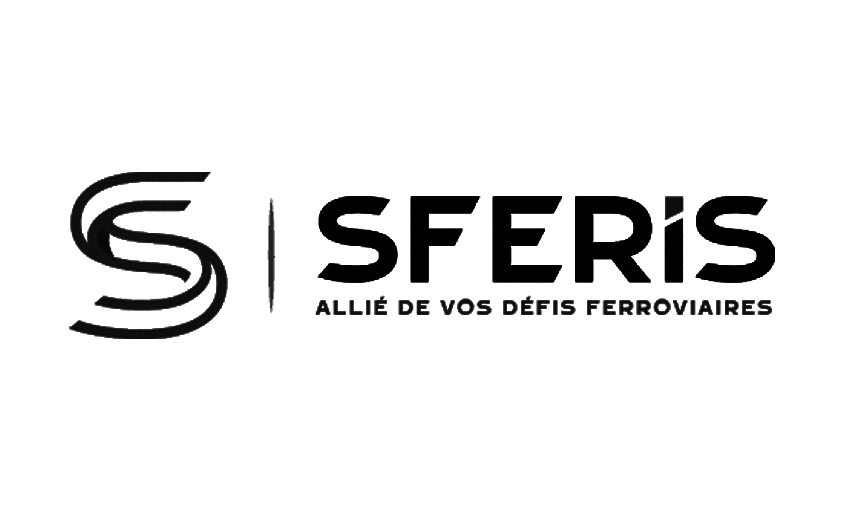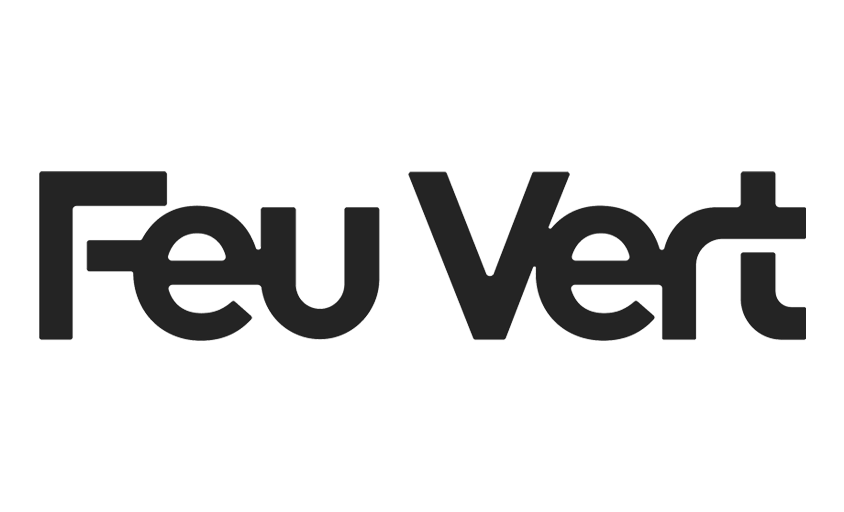Pigment Inkjet Printing
In this article :
Pigment inkjet printing is one of the most sophisticated photographic printing techniques available today. Offering exceptional image quality, remarkable durability, and unmatched color fidelity, it has become a preferred choice for professional photographers and high-quality photography enthusiasts. This type of printing stands out from other methods by using solid pigments instead of dyes, giving it unique characteristics. But what makes pigment inkjet printing so special, and why is it becoming increasingly popular in the world of professional photography?
In this article, we will explore what pigment inkjet printing is, why it is preferred by many photographers, and how it differs from other photographic printing methods.
What Is Pigment Inkjet Printing?
Pigment inkjet printing is an image reproduction technique that uses a specially designed inkjet printer to apply solid pigments onto a medium, such as photographic paper or fine art paper. Unlike traditional dye-based prints, which use liquid dyes, pigment inks are made of solid particles that adhere more durably and stably to the paper.
Why Use Pigments?
Pigments are more resistant to light, heat, and humidity than dyes. This means that pigment prints offer exceptional longevity, sometimes lasting up to 100 years or more, depending on the type of paper and storage conditions. This stability makes a significant difference in color reproduction and in preserving works over time.
The Advantages of Pigment Inkjet Printing
Pigment inkjet printing offers several benefits that make it the preferred method for professional photographers. Here are some of its main advantages:
1. Superior Image Quality
One of the greatest strengths of pigment inkjet printing is its ability to produce vibrant, rich, and detailed colors. Pigment inks offer a wider color gamut than dye-based inks, resulting in subtle shades and smooth gradients. This allows this type of printing to deliver images with exceptional precision, especially for high-resolution photos.
2. Durability and Resistance
Pigment inkjet prints are particularly resistant to fading caused by light, making them ideal for works intended for display or archival preservation. The pigments maintain their color over time, even under prolonged light exposure, which is not always the case with dye-based prints.
3. Variety of Paper Choices
One of the key advantages of pigment inkjet printing is its ability to be printed on a wide range of media, including textured papers, cotton, or specialty fine art papers. This flexibility allows photographers to customize the look of their images according to the desired effect (matte, glossy, satin, etc.).
The Pigment Inkjet Printing Process: How Does It Work?
The pigment inkjet printing process is based on a series of simple yet precise steps. Here’s how it works:
1. Image Preparation
Everything starts with the digital image file. It is prepared using image editing software such as Adobe Photoshop or Lightroom to ensure the photo has the right resolution, color balance, and exposure. The image is then converted to color profiles suitable for the printer to ensure accurate color reproduction.
2. Printing the Image on Paper
Once the image is ready, the pigment inkjet printer takes over. The print heads spray tiny droplets of solid pigments onto the paper, creating the image pixel by pixel. The precision and resolution of the printer are crucial factors in achieving a sharp, detailed, and colorful print.
3. Drying and Finishing
After printing, the print must dry, as pigment ink takes some time to set properly. Once dry, the photo can be finished and trimmed as needed. Some photographers also choose special finishes, such as a protective varnish or framing, to further enhance the image’s protection.
Pigment Inkjet Printing vs. Other Photographic Printing Methods
While pigment inkjet printing is extremely popular, other photographic reproduction techniques are worth comparing. Here is an overview of the main differences with other printing methods:
-
- Traditional Silver Halide Printing
Silver halide printing, which uses photo paper and chemical processes, remains a classic technique that produces images with very rich contrast. However, the process is longer and less flexible than pigment inkjet printing, and the durability of the prints can be an issue over time, especially if exposed to light or humidity.
-
- Dye-Based Printing
Dye-based prints use liquid inks instead of solid pigments. These prints offer better color saturation and are ideal for very vibrant and bright images. However, durability is limited, and the prints can fade more quickly than pigment-based prints.
Why Choose Pigment Inkjet Printing?
If you are a photographer or an art enthusiast, pigment inkjet printing should be a top choice for your most valuable works. It offers the perfect combination of image quality, durability, and flexibility.
For Professional Photographers
Pigment inkjet printing is particularly suited for professional photographers who want to offer their clients premium prints. These prints are ideal for exhibitions, galleries, and fine art works.
For Fine Art Photography Enthusiasts
If you are a passionate photography or art enthusiast, this type of printing allows you to preserve your finest images and create prints of exceptional quality. The ability to customize the paper and achieve detailed, long-lasting results makes pigment inkjet printing a preferred choice for art projects.
Conclusion
Pigment inkjet printing represents the future of photographic printing. It combines exceptional image quality with unmatched durability, making it an ideal solution for works that are meant to be preserved and admired for years. Whether you are a professional photographer or a passionate enthusiast, choosing this method ensures prints that meet your highest expectations.
Jérémy Carlo is the editorial director at Rétines, where he ensures the consistency and clarity of all content produced by the studio.
Our Clients
Let’s discuss
What we do for you at Rétines
Meticulous work, an organised project and fast delivery. And to achieve this, we mobilise the right resources in our teams at the right time.
01
Pre-production
Artistic and technical direction tailored to the project.
Relevant recommendations on content, form and resources.
02
Photo Shooting
Photos taken by our experienced photographers.
Production that’s controlled, efficient and tailored to the needs of the project, with nothing superfluous.
03
Retouching
Technique
Photographs magnified by our retouching team.
Post-production to meet the commercial challenges of the brief.

